Home>Gardening & Outdoor>Landscaping Ideas>What Grass Does Best In Shade
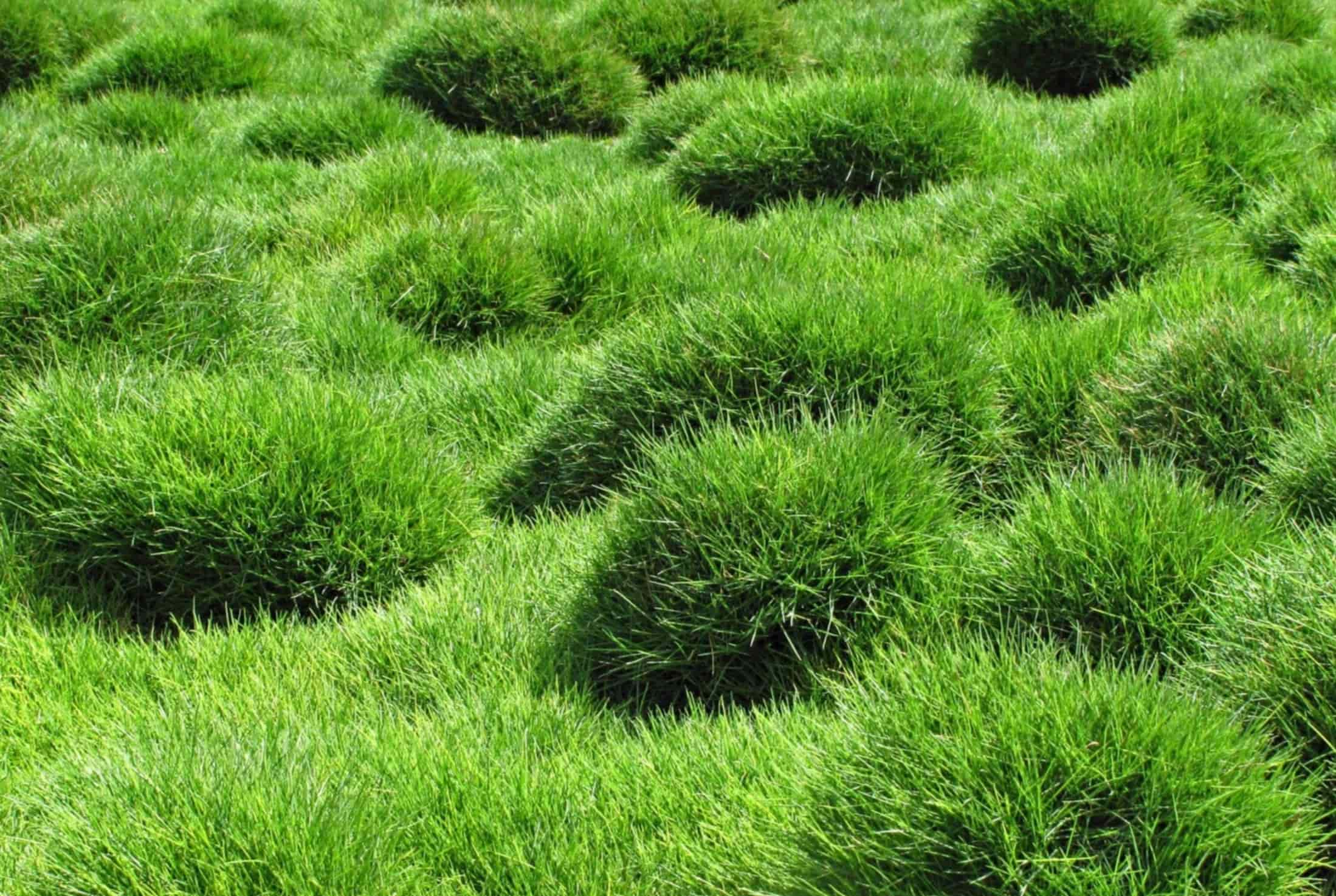

Landscaping Ideas
What Grass Does Best In Shade
Modified: February 18, 2024
Discover the best landscaping ideas for shade with our guide on what grass thrives in shady areas. Create a lush, green space with our expert tips.
(Many of the links in this article redirect to a specific reviewed product. Your purchase of these products through affiliate links helps to generate commission for Storables.com, at no extra cost. Learn more)
Introduction
When envisioning a lush, vibrant lawn, it's often bathed in sunlight, with each blade of grass basking in its warmth. However, the reality for many homeowners is quite different. Trees, buildings, and other structures can cast shade over significant portions of a yard, posing a challenge for cultivating healthy grass. This leads to the pressing question: What grass does best in shade?
In this comprehensive guide, we'll delve into the nuances of cultivating a thriving lawn in shaded areas. From understanding the different types of shade to exploring the best grass varieties for such conditions, we'll equip you with the knowledge and insights needed to transform your shaded lawn into a verdant oasis. Whether you're an avid gardener or a homeowner seeking to elevate your outdoor space, this article will shed light on the often overlooked realm of shade-adapted grasses and offer practical tips for nurturing their growth. So, let's embark on this enlightening journey into the world of shade-loving grasses and discover the possibilities that await in the cool embrace of dappled sunlight.
Key Takeaways:
- Choose shade-tolerant grass varieties like fine fescue and St. Augustine grass to thrive in shaded areas, considering factors like shade intensity and soil quality.
- Optimize soil, prune surrounding trees, and implement proper lawn care to nurture shade-adapted grasses and create a lush, inviting landscape in shaded areas.
Read more: What Grass Grows Best In Shade In Texas
Understanding Shade
Before diving into the realm of shade-adapted grasses, it's crucial to grasp the various types of shade and their impact on plant growth. Shade is typically categorized into three main types: dense shade, filtered shade, and partial shade.
Dense Shade: This type of shade occurs under dense canopies of trees or near tall buildings where sunlight is severely restricted. In such areas, the grass may receive minimal direct sunlight, presenting a significant challenge for many grass species.
Filtered Shade: Unlike dense shade, filtered shade allows some sunlight to penetrate through the foliage of trees or shrubs. While the light is somewhat diffused, it can still support the growth of certain shade-tolerant grasses.
Partial Shade: Areas that experience partial shade receive a balance of direct sunlight and shade throughout the day. This type of shade can be caused by factors such as the shifting position of the sun, nearby structures, or dappled sunlight filtering through tree branches. Grasses suited for partial shade can thrive in these conditions, provided they receive an adequate amount of sunlight.
Understanding the specific type of shade in your lawn is essential for selecting the most suitable grass species. Factors such as the density of foliage, the duration of shade exposure, and the angle of sunlight will all influence the viability of different grass varieties. By gaining insight into the nuances of shade, you can make informed decisions when choosing the best grass for your shaded lawn.
Factors to Consider
When determining the best grass for shaded areas, several key factors should be taken into account to ensure successful growth and a thriving lawn. By carefully considering these factors, you can make informed decisions that align with the specific conditions of your shaded environment.
1. Shade Intensity and Duration
The intensity and duration of shade in your lawn play a crucial role in selecting the most suitable grass type. Assess the amount of direct sunlight the area receives throughout the day and the extent of shade cast by surrounding structures or vegetation. Understanding these factors will help you identify grass varieties that can thrive in the prevailing level of shade.
2. Soil Quality
The quality of the soil in shaded areas is another vital consideration. Shaded environments may have soil with different moisture levels and nutrient compositions compared to sun-exposed areas. Conduct a soil test to evaluate its pH, drainage capabilities, and nutrient content. This information will guide you in choosing shade-tolerant grasses that can adapt to the specific soil conditions present in shaded areas.
Read more: What Grass Will Grow In Full Shade
3. Climate and Region
The climate and region in which your lawn is situated can significantly impact the success of shade-adapted grasses. Consider factors such as temperature fluctuations, precipitation levels, and the presence of any regional challenges, such as fungal diseases common in shaded environments. Select grass species that are well-suited to the prevailing climate and regional conditions to promote healthy growth.
4. Maintenance Preferences
Assess your maintenance preferences and the level of care you can dedicate to your shaded lawn. Some shade-tolerant grasses may require specific maintenance practices, such as increased aeration or specialized fertilization, to thrive in shaded environments. Understanding the maintenance demands of different grass types will help you choose a variety that aligns with your maintenance capabilities and preferences.
By carefully considering these factors, you can make informed decisions when selecting the best grass for shaded areas. Taking into account the unique characteristics of your lawn and the specific conditions of shaded environments will set the stage for successful grass cultivation and a vibrant, healthy lawn.
Best Grass Types for Shade
Choosing the right grass type is pivotal in establishing a flourishing lawn in shaded areas. While many grass species thrive in full sunlight, several shade-tolerant varieties have adapted to low-light conditions, making them well-suited for shaded environments. Here are some of the best grass types for shade:
1. Fine Fescue
Fine fescue, including varieties such as creeping red fescue and chewings fescue, is renowned for its exceptional shade tolerance. These grasses form fine, densely packed blades and exhibit a remarkable ability to thrive in shaded areas with minimal sunlight. Fine fescue is also valued for its low maintenance requirements, making it an excellent choice for shaded lawns.
Read more: What Is A Good Shade Grass
2. Creeping Bentgrass
Creeping bentgrass is known for its adaptability to shaded environments, particularly in cooler regions. This grass variety forms a dense, lush turf and can withstand moderate shade, making it a viable option for lawns with partial shade coverage.
3. St. Augustine Grass
St. Augustine grass is well-suited for lawns in warm, coastal regions with partial shade. While it thrives in full sunlight, certain cultivars of St. Augustine grass exhibit good shade tolerance, making them suitable for areas with filtered or partial shade.
4. Zoysia Grass
Zoysia grass varieties, such as Emerald Zoysia and Zeon Zoysia, are known for their adaptability to varying light conditions. While Zoysia grass excels in full sunlight, certain cultivars demonstrate moderate shade tolerance, allowing them to thrive in lawns with partial shade exposure.
5. Kentucky Bluegrass
Kentucky bluegrass, particularly shade-tolerant cultivars such as Bewitched and Midnight, can withstand moderate shade and is well-suited for lawns in regions with cool, transitional climates. This grass variety forms a dense, lush turf and exhibits resilience in shaded environments.
When selecting a grass type for shaded areas, it’s essential to consider the specific shade conditions present in your lawn, as well as the grass’s compatibility with the local climate and soil. By choosing a shade-tolerant grass variety that aligns with the unique characteristics of your shaded lawn, you can lay the foundation for a verdant, resilient, and visually appealing landscape.
Read more: What Kind Of Grass Seed Is Good For Shade
Tips for Growing Grass in Shade
Cultivating healthy, vibrant grass in shaded areas requires a strategic approach and specialized care to promote optimal growth. By implementing the following tips, you can enhance the resilience and lushness of shade-adapted grasses, transforming shaded areas into inviting and verdant spaces.
1. Select the Right Grass Variety
Choose a shade-tolerant grass variety that aligns with the specific shade conditions in your lawn. Consider factors such as the intensity and duration of shade, as well as the grass’s compatibility with the local climate and soil. Selecting the right grass variety is the first step toward fostering successful growth in shaded environments.
2. Optimize Soil Conditions
Assess the soil quality in shaded areas and make necessary adjustments to optimize its conditions for grass growth. Conduct a soil test to determine the pH level, nutrient content, and drainage capabilities. Amend the soil as needed by incorporating organic matter or specialized soil amendments to create an optimal environment for shade-adapted grasses.
3. Prune Surrounding Trees and Shrubs
Prune trees and shrubs surrounding shaded areas to allow for increased light penetration and air circulation. Trimming back overhanging branches and foliage can help create a more conducive environment for grass growth by reducing the intensity of shade and minimizing competition for sunlight and nutrients.
4. Implement Proper Lawn Care Practices
Adopt lawn care practices tailored to shaded environments, such as mowing at the appropriate height and frequency for shade-adapted grasses. Additionally, ensure adequate and consistent watering, as shaded areas may have different moisture requirements compared to sun-exposed regions. Implementing proper lawn care practices will support the health and vigor of grass in shaded areas.
5. Consider Strategic Fertilization
Implement a fertilization regimen tailored to the specific needs of shade-adapted grasses. Consider using fertilizers formulated for shade tolerance and apply them in accordance with the grass’s growth patterns and seasonal requirements. Strategic fertilization can bolster the resilience and vitality of grass in shaded environments.
6. Monitor and Address Pest and Disease Issues
Regularly monitor shaded areas for signs of pest infestations and fungal diseases, which can pose unique challenges to grass in low-light conditions. Implement preventive measures and promptly address any issues to safeguard the health of shade-adapted grasses and maintain a thriving lawn.
By incorporating these tips into your lawn care routine, you can nurture the growth of shade-adapted grasses and create a lush, inviting landscape in shaded areas. With thoughtful planning and specialized care, you can cultivate a vibrant and resilient lawn that flourishes even in the cool embrace of dappled sunlight.
Conclusion
As we conclude our exploration of the best grass for shaded areas, it’s evident that cultivating a thriving lawn in low-light environments is indeed achievable with the right knowledge and strategic approach. Understanding the nuances of shade, selecting the most suitable grass varieties, and implementing specialized care practices are pivotal steps in transforming shaded areas into verdant, inviting spaces.
By recognizing the diverse types of shade, from dense canopies to dappled sunlight, homeowners can gain a deeper appreciation for the unique conditions that shape the growth of shade-adapted grasses. Factors such as shade intensity, soil quality, climate, and maintenance preferences all play a crucial role in determining the success of grass cultivation in shaded environments. Armed with this understanding, individuals can make informed decisions that align with the specific characteristics of their shaded lawns.
When it comes to selecting the best grass types for shade, a diverse array of shade-tolerant varieties, including fine fescue, creeping bentgrass, St. Augustine grass, Zoysia grass, and Kentucky bluegrass, offer homeowners a spectrum of options suited to different shade conditions and regional climates. Each of these grass types exhibits unique characteristics and adaptability, providing opportunities to create resilient and visually appealing lawns in shaded areas.
Furthermore, by embracing specialized tips for growing grass in shade, such as optimizing soil conditions, strategic pruning, and tailored lawn care practices, individuals can foster the health and vigor of shade-adapted grasses. These proactive measures empower homeowners to overcome the challenges of low-light environments and nurture thriving lawns that exude natural beauty and resilience.
Ultimately, the journey toward cultivating a lush, vibrant lawn in shaded areas is a testament to the transformative power of knowledge, thoughtful planning, and dedicated care. By harnessing the insights shared in this guide, homeowners can embark on a rewarding endeavor to create inviting outdoor spaces that flourish under the cool embrace of dappled sunlight. With the right approach, shaded lawns can become captivating extensions of the natural landscape, enriching the outdoor experience and inspiring admiration for the resilience of shade-adapted grasses.
As you embark on your own journey to cultivate a thriving lawn in shaded areas, may these insights serve as a source of inspiration and guidance, empowering you to transform shaded spaces into flourishing oases of greenery and tranquility.
Frequently Asked Questions about What Grass Does Best In Shade
Was this page helpful?
At Storables.com, we guarantee accurate and reliable information. Our content, validated by Expert Board Contributors, is crafted following stringent Editorial Policies. We're committed to providing you with well-researched, expert-backed insights for all your informational needs.
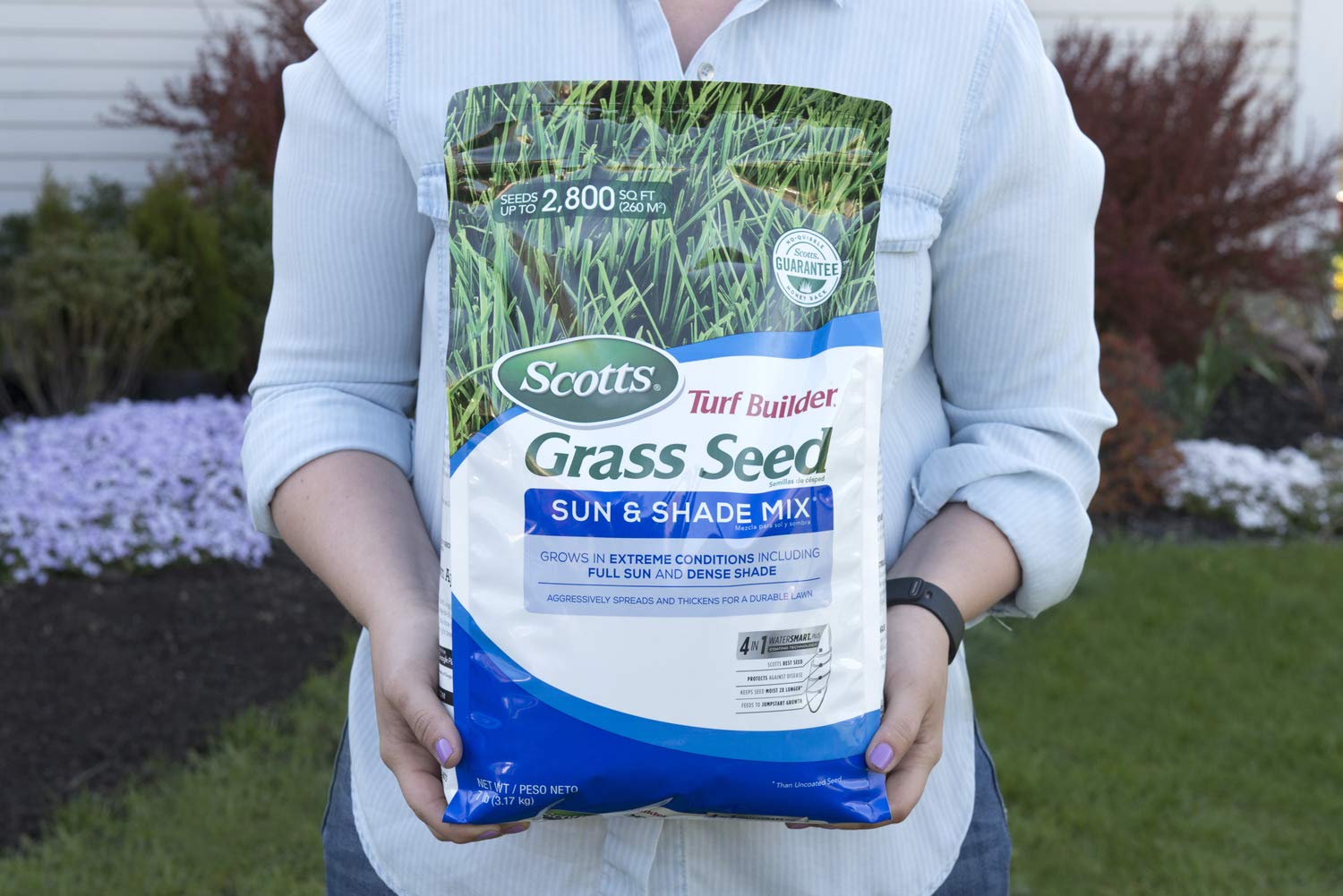
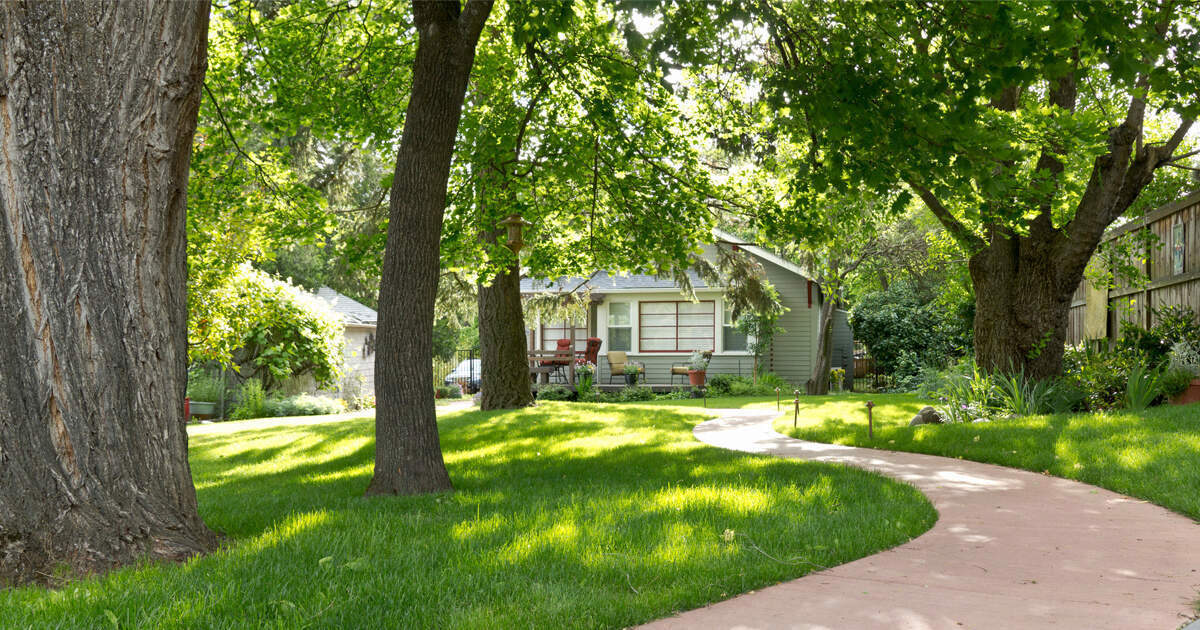
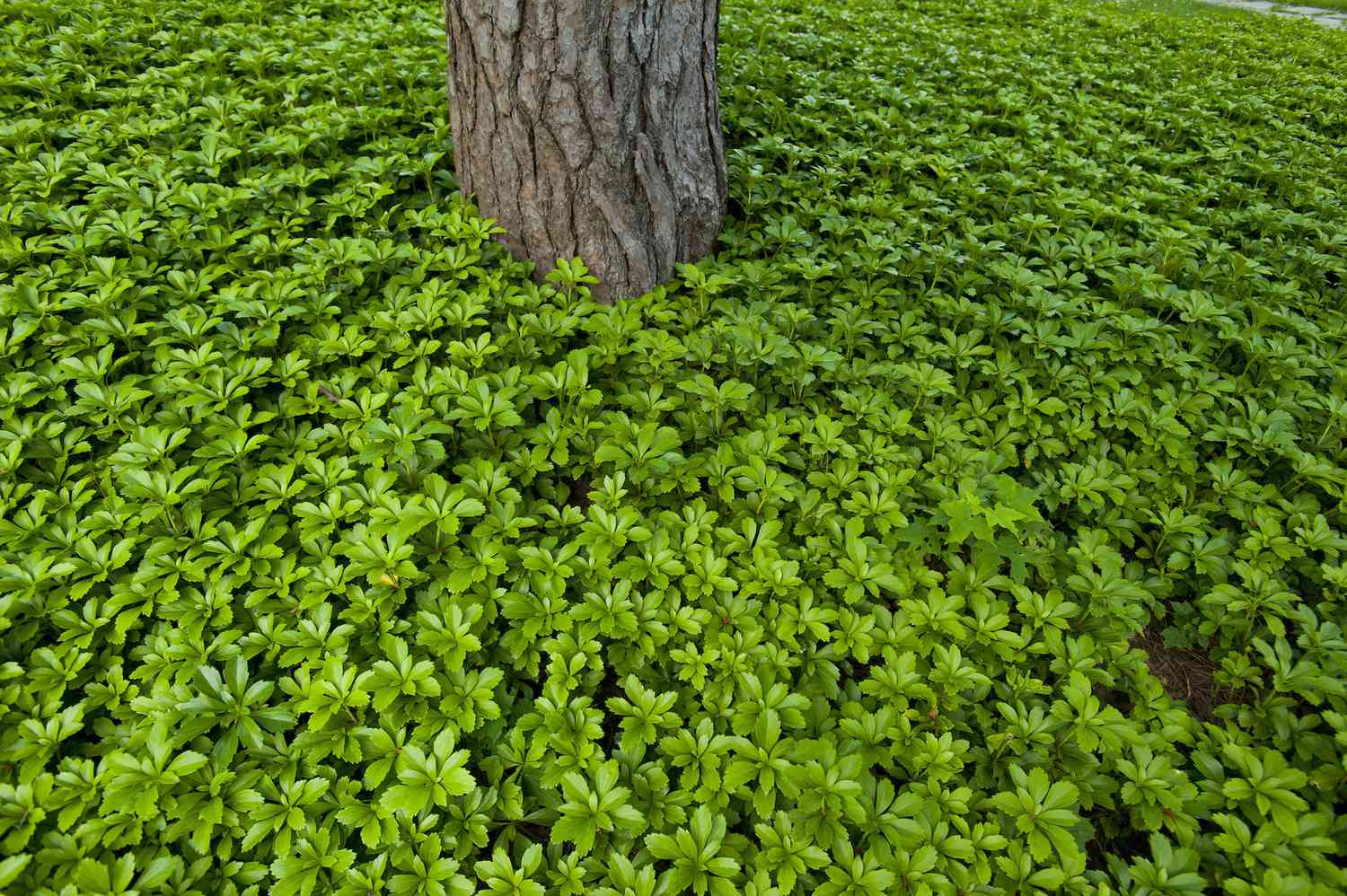
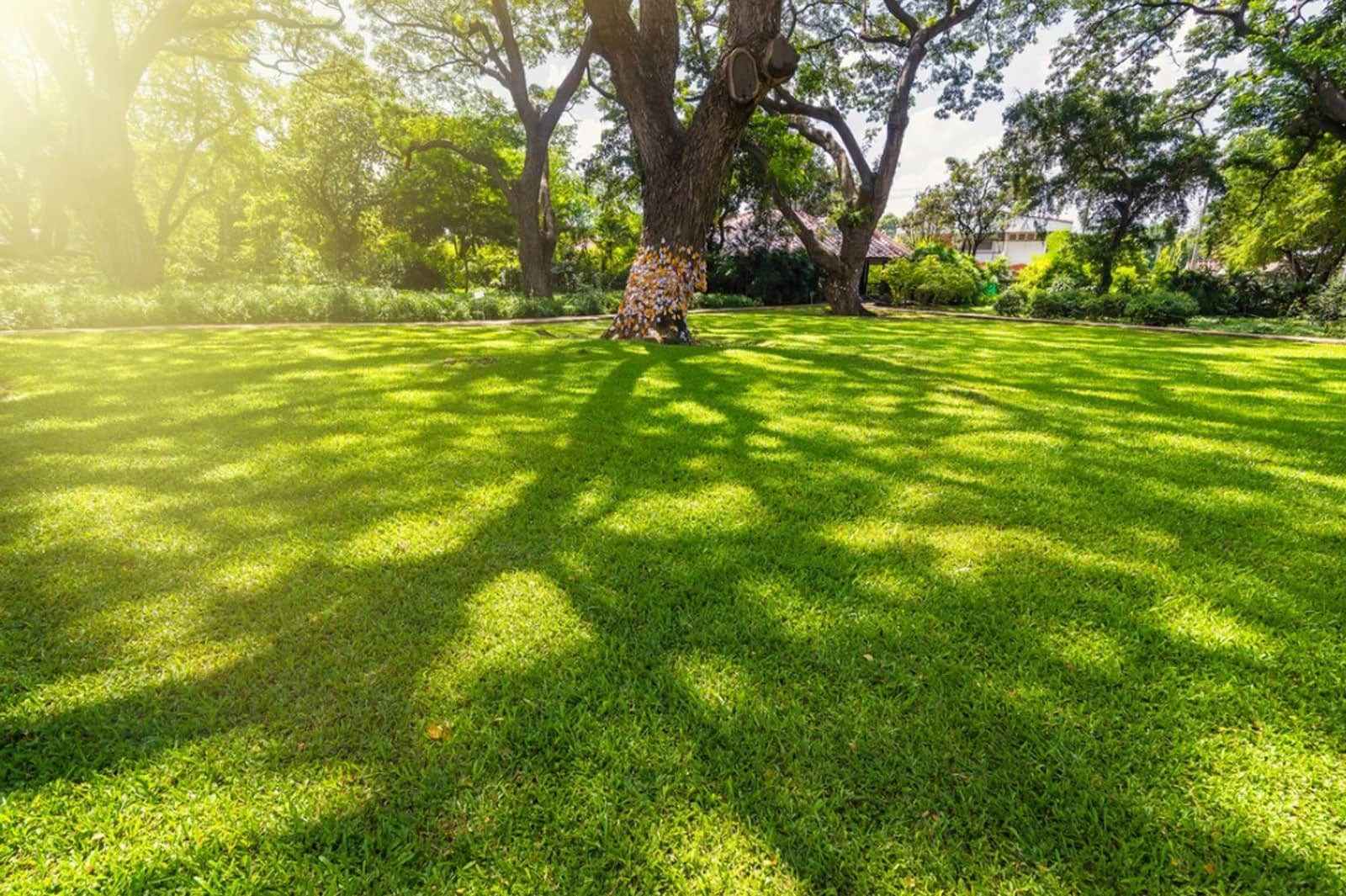
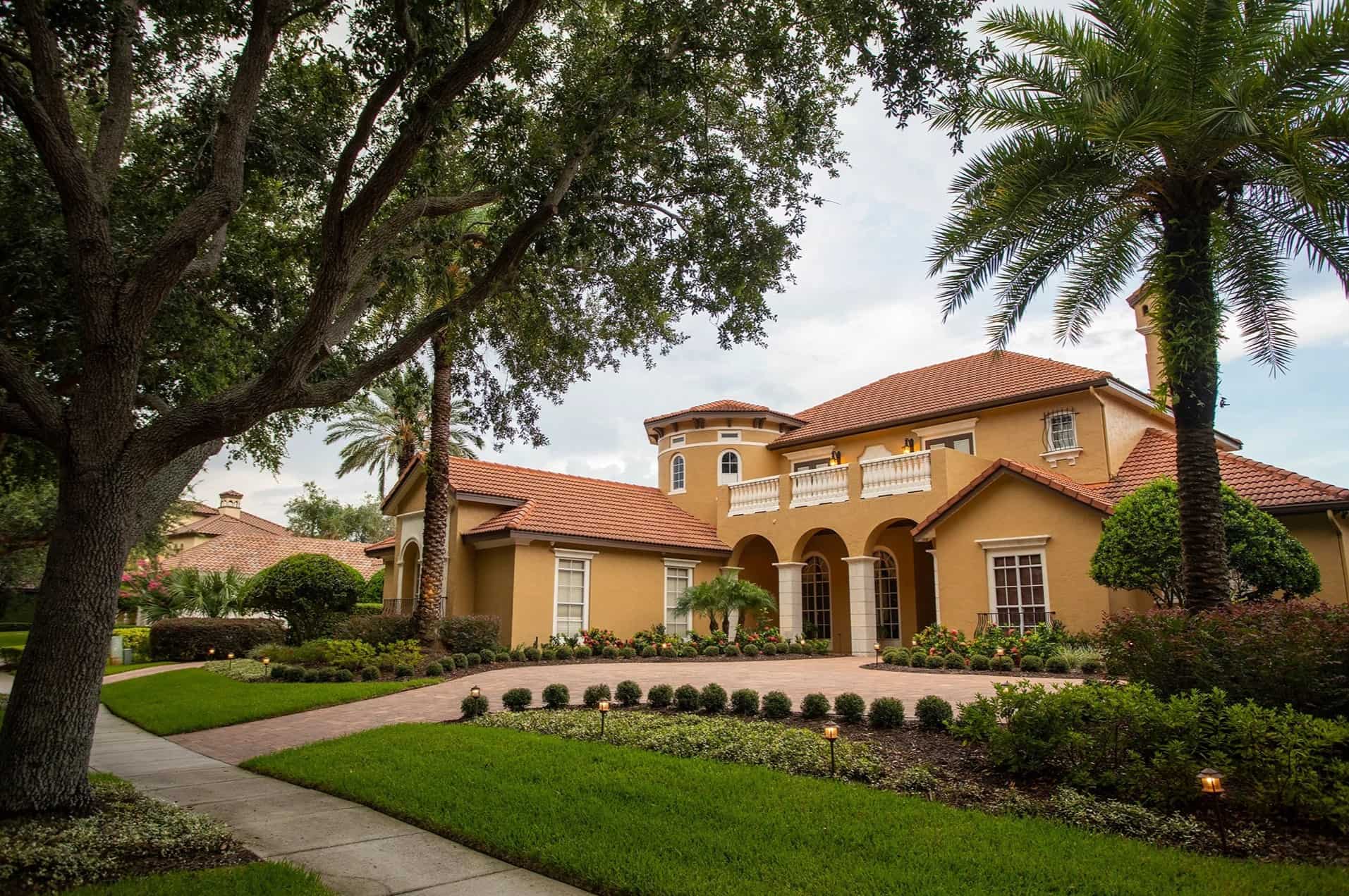
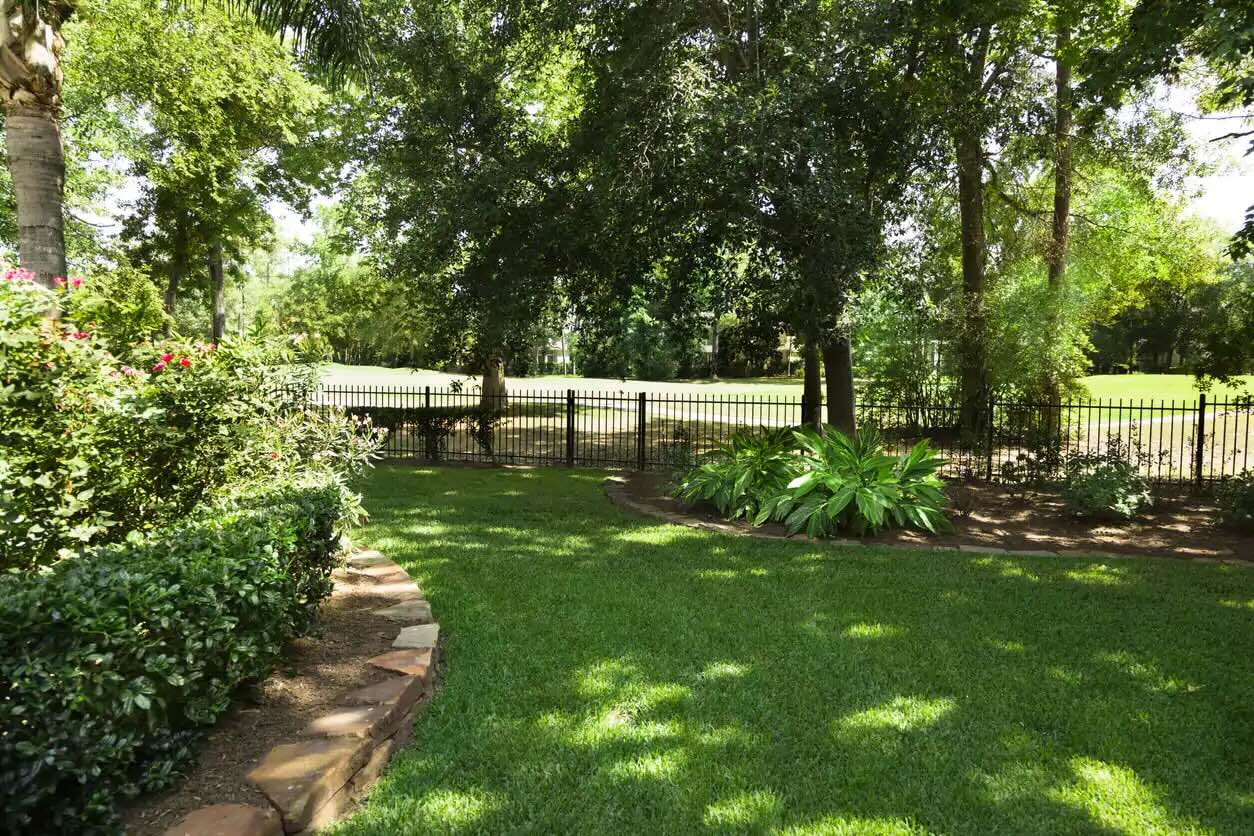
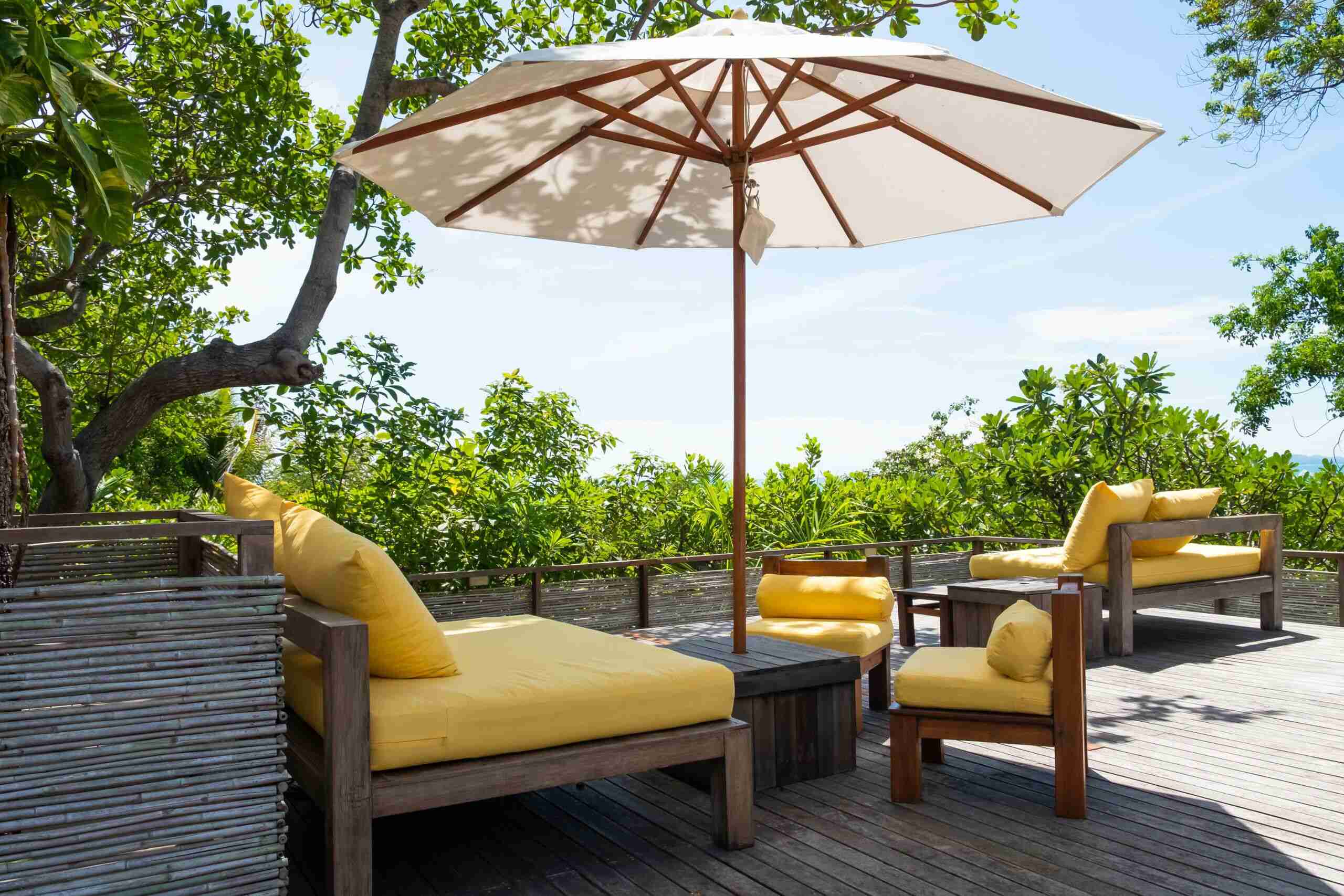
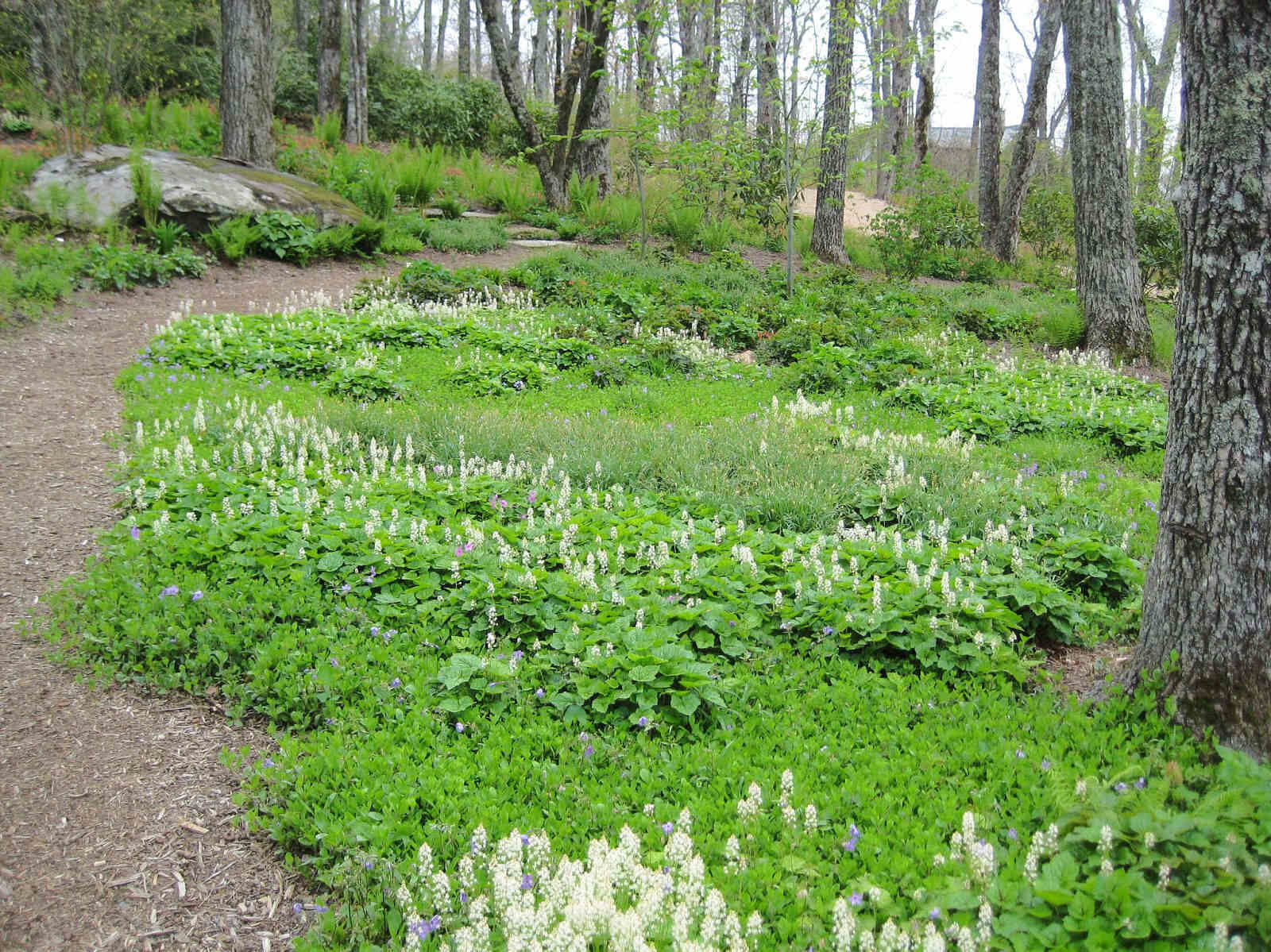
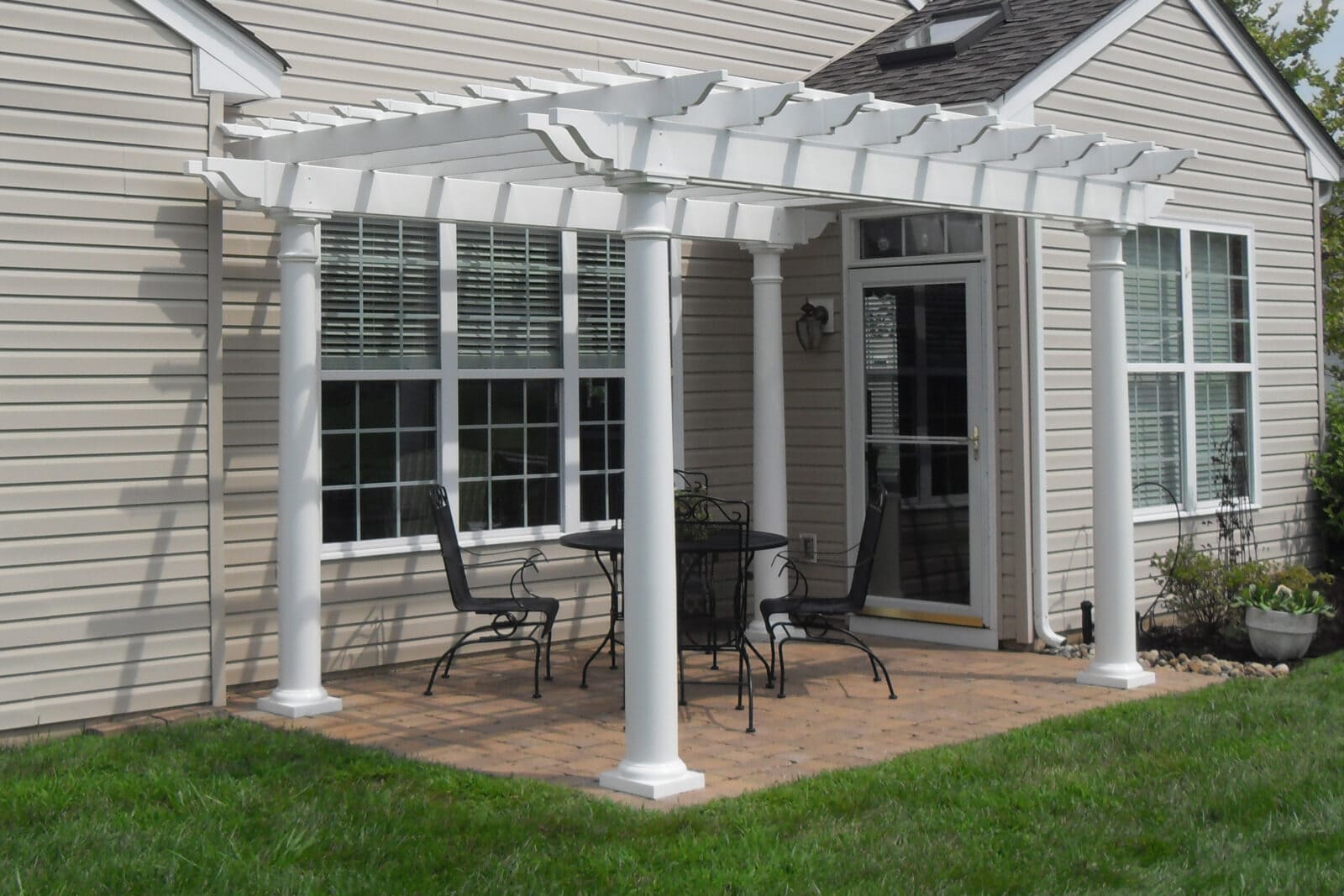
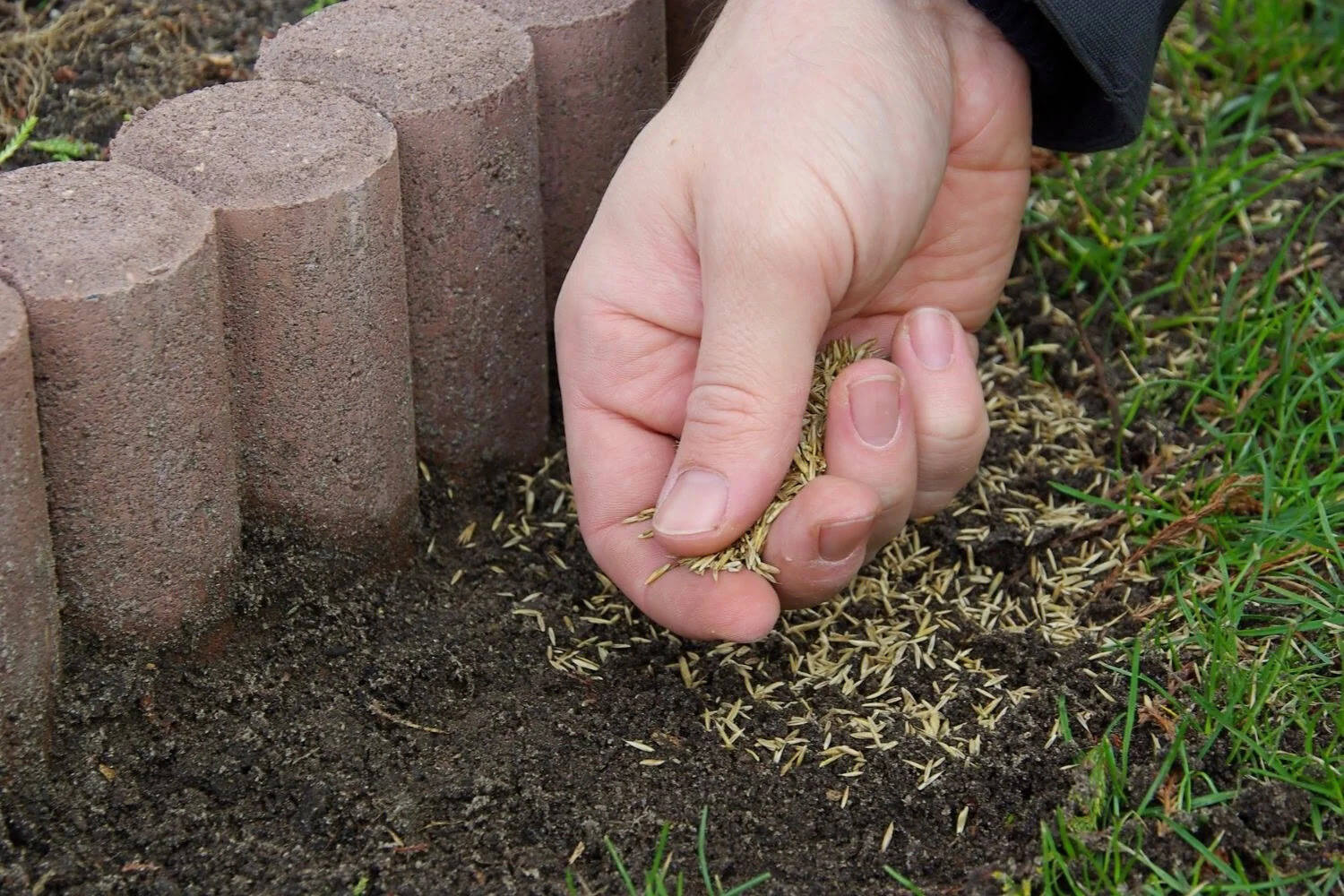
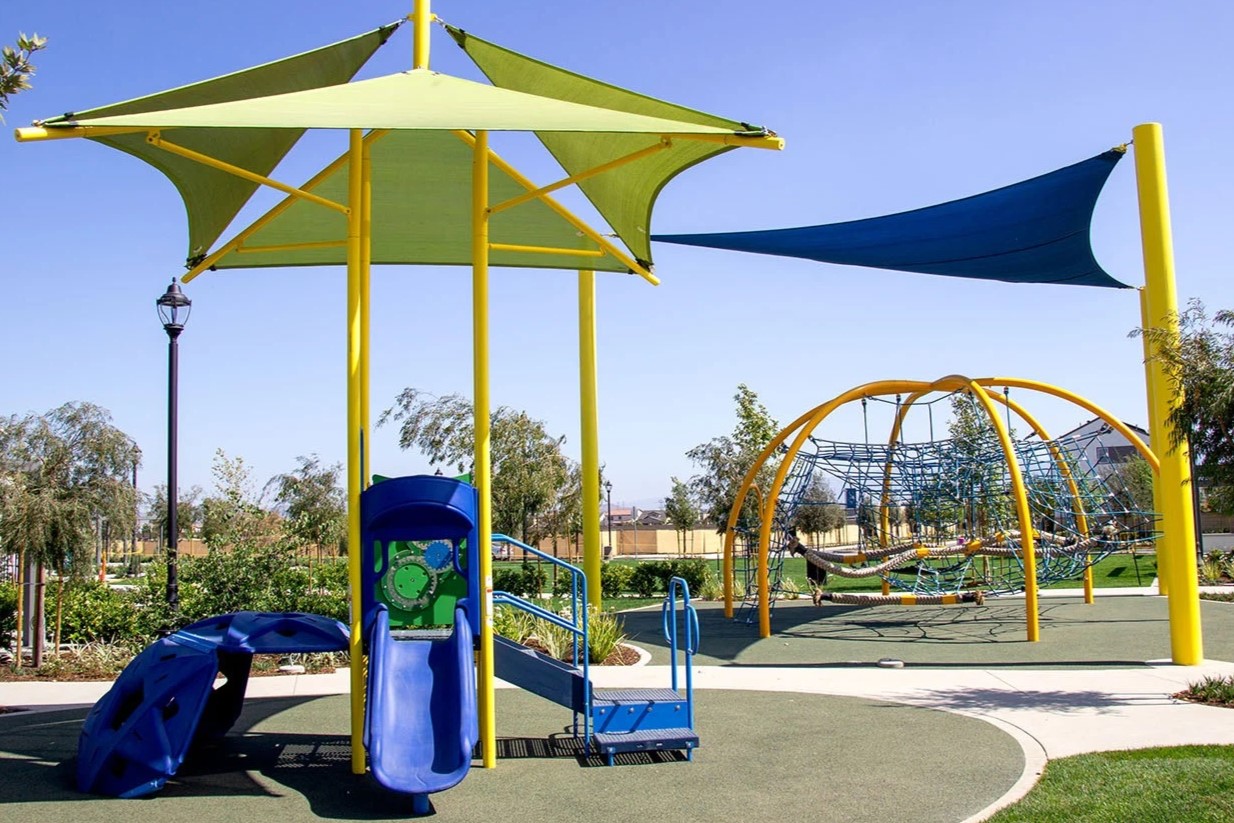

0 thoughts on “What Grass Does Best In Shade”